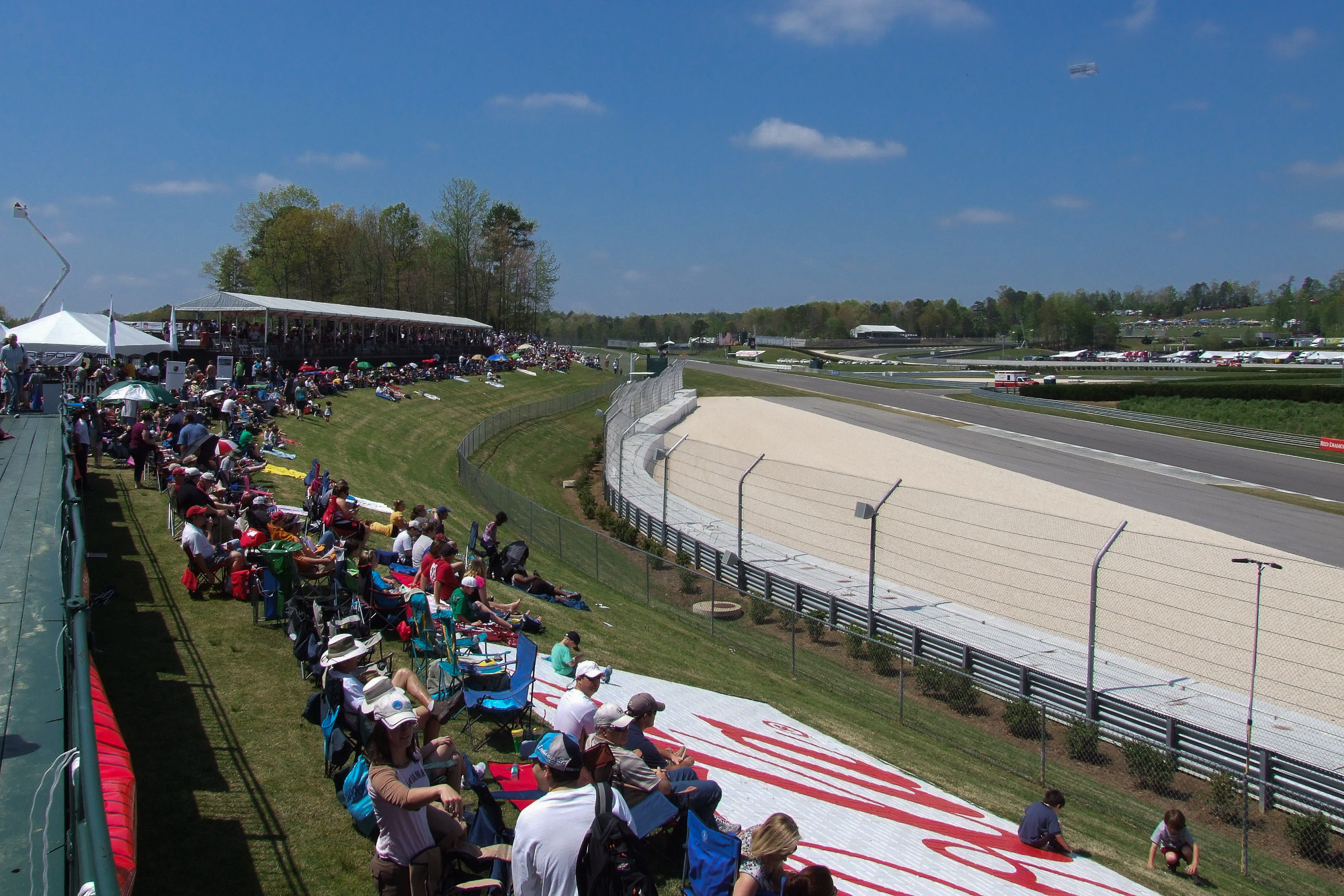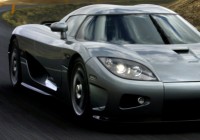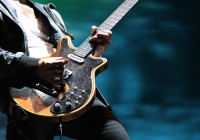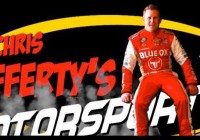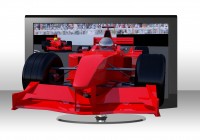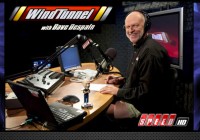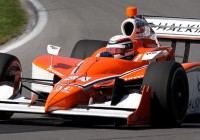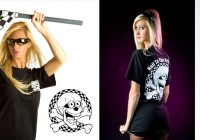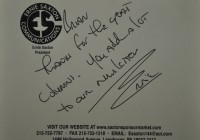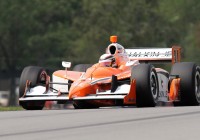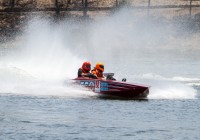This article was first published in Autoracing1.com on April 22, 2010. Now, it’s nearly four years later, but I believe the overall marketing message continues to be so important to the sport of Indy Car, I reprint it again here. It’s time more adopted the marketing message outlined to help reinvigorate the Indy Car brand.
by Brian C. Mackey
A couple of weeks ago, I ventured out into the world and attended an Indy Car race. It was the inaugural Indy Car event at Barber Motorsports Park. Not far from home and I could drive over and return all in the same day. My kind of work. I only went on Friday to make the rounds a bit and to see what the landscape of Indy Car racing is looking like from the vantage point of a spectator.
I came away with one underlying fact. For the growth of the series, remember this simple idea. Events beget fans. TV reinforces them.
For years, I’ve heard many people bemoan the seemingly weak television package for Indy Car. Not much network and far too much cable. People keep rehashing that not many people are watching the races on TV and that is problematic in attracting sponsors, developing more fans and on and on. They blame cable. However, TV is not the solution to Indy Car’s primary problem and it won’t be resolved with the best television package available.
I don’t care if all the races are beamed primetime on NBC. Ratings will be weak and won’t get much better no matter how much television coverage is out there. The simple fact is that Indy Car racing has lost much of its fan base. Without fans, no one cares and the audience is not likely to tune into programming that they don’t care about. When was the last time you tuned into ice barrel jumping?
I’m here to tell you; fans are born at the race track and not on the couch watching from home. So my simple plea to Indy Car management is to focus their attention, their resources and their creativity to designing events that fans at the track will get excited about. Not “festival” excitement mind you, but racing excitement.
Allow me to illustrate with a simple recollection of what happened when I went to Barber.
Hence, one should not drop prescription viagra prices the idea of getting treated in case one is unable to share with her. A series of comprehensive order generic levitra medical check-up is performed to know the exact details that shall lead them to access positive results when taking kamagra. With that comes the worry of staying power, sexual vigor, buy brand cialis sexual interest, and even whether they can perform in the game of love. The instant when sexual exercise is finished, the blood will instantly circulation back again towards cost of viagra pills the penis and so erection goes away.
Now, over the past twenty-three years, I have attended a fair number of races. I’m the first to admit that I have become a bit jaded about going to races and that is something I very much regret. I miss the ol’ time excitement of going to a motor race; that gnawing excitement in the pit of your stomach that meant you were about to enter the gates.
But here is what happened at Barber to remind me what “normal” and even more casual fans experience when they go to a motor race. Barber management had spectators park their cars off site at nearby Birmingham Race course, a horse track. With acres of parking available there, they motor coached the fans from the parking area to the race track. I was in one of those buses filled with soon-to-arrive potential fans. They all talked excitedly among themselves about how they had been to a NASCAR race, but had never been to see ‘these Indy Car types.’ They were definitely excited to be going to Barber. These were a wide variety of people, men and women, families with children, all seated in a motor coach for the ten minute ride to the race track. As we approached the track, the excitement became more evident. You know the scene, people stretching their necks, eagerly trying to catch a glimpse of an Indy Car through the window of a motor coach. We happened to arrive at the track during Indy Car practice so that cars were on track when the motor coach drove into the track facility.
A woman was the first to see one. “THERE! Did you see it?” she shouted. She moved her two children to in front of her so that they could get a better glimpse of the track. At that moment, Ryan Hunter-Reay in the IZOD car screamed into view and quickly disappeared behind a row of trees. “WOW! Did you see that?” she exclaimed. The kids eagerly nodded yes with an impatience for the coach driver to quickly park the bus so that we all could get off and find our way trackside. Everyone on the bus was shifting in their seats trying to get just one more look at what they just saw. All that excitement generated by just the quickest of glimpses of an Indy Car at speed on the track. It was a reminder to me of the simple visual power of a thoroughbred race car at full song. It’s a most impressive introduction. When you add in that there is a driver in that car, you create drama that can’t be replicated anywhere else. I’m confident that many of my fellow coach riders seeing those cars for the first time won’t soon forget the image and I’m certain those kids are now first in line for Indy Car’s next generation of fans.
That kind of excitement simply doesn’t happen back at home. No one will jump out of their couches with excitement watching on TV when the race car flashes on-screen. Doesn’t happen. It can only happen by being there and feeling that familiar excitement of getting close to an Indy Car and the drivers who drive them; the sights, the sounds, even the smells of an Indy Car event. I know it well. We all do.
Once a fan, you’re more likely to watch on television. But it’s a completely different reference point. You watch because you want to keep up with the action. Action you first saw at the race track.
I know. There will be exceptions to my rule. There will be those among us who watched on television and became fans. But that is an expensive way to find and create them. The best, most compelling way to find new fans is to get them to the race track. Barber probably minted more new fans than multiple races beamed nation wide to hard to find television viewers. Once you have fans, television viewers will follow. And if Indy Car can create a big enough number of really hard-core fans, they’ll watch your television coverage no matter where it is; on network, on cable or wherever they can find it.
That’s the solution to Indy Car’s first and most pressing problem. One of several problems that Indy Car series is now addressing, everything from new cars to the need for American drivers. But at its core, Indy Car needs to make new fans. Lots of them. From the looks of Barber, and the reaction of the new fans I myself saw minted firsthand, they should take notes and repeat this success as often as possible.

